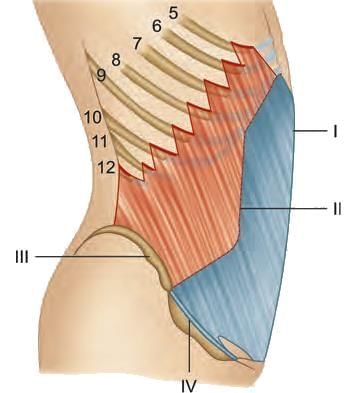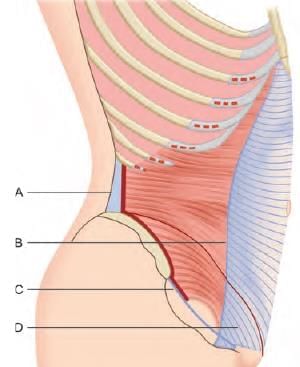NEET PG Exam > NEET PG Tests > Test: Abdomen - NEET PG MCQ
Test: Abdomen - NEET PG MCQ
Test Description
25 Questions MCQ Test - Test: Abdomen
Test: Abdomen for NEET PG 2025 is part of NEET PG preparation. The Test: Abdomen questions and answers have been prepared
according to the NEET PG exam syllabus.The Test: Abdomen MCQs are made for NEET PG 2025 Exam.
Find important definitions, questions, notes, meanings, examples, exercises, MCQs and online tests for Test: Abdomen below.
Solutions of Test: Abdomen questions in English are available as part of our course for NEET PG & Test: Abdomen solutions in
Hindi for NEET PG course.
Download more important topics, notes, lectures and mock test series for NEET PG Exam by signing up for free. Attempt Test: Abdomen | 25 questions in 25 minutes | Mock test for NEET PG preparation | Free important questions MCQ to study for NEET PG Exam | Download free PDF with solutions
Detailed Solution for Test: Abdomen - Question 1
Test: Abdomen - Question 2
Which of the following structure is NOT present in transpyloric plane?
Detailed Solution for Test: Abdomen - Question 2
Test: Abdomen - Question 3
Which of the following is the correct matching, regarding the attachments of external oblique muscle?


Detailed Solution for Test: Abdomen - Question 3
Detailed Solution for Test: Abdomen - Question 4
Detailed Solution for Test: Abdomen - Question 5
Test: Abdomen - Question 6
Which of the following marker is conjoint tendon in the following diagram of transversus abdominis?

Detailed Solution for Test: Abdomen - Question 6
Detailed Solution for Test: Abdomen - Question 7
Test: Abdomen - Question 8
Posterior wall of rectus sheath below the level of anterior superior iliac spine is formed by:
Detailed Solution for Test: Abdomen - Question 8
Detailed Solution for Test: Abdomen - Question 9
Detailed Solution for Test: Abdomen - Question 10
Detailed Solution for Test: Abdomen - Question 11
Detailed Solution for Test: Abdomen - Question 12
Test: Abdomen - Question 13
In rectus sheath which branch of aorta make anastomosis with superior epigastric artery:
Detailed Solution for Test: Abdomen - Question 13
Detailed Solution for Test: Abdomen - Question 14
Detailed Solution for Test: Abdomen - Question 15
Detailed Solution for Test: Abdomen - Question 16
Test: Abdomen - Question 17
Which of the following ar teries is a direct branch of the gastroduodenal artery?
Detailed Solution for Test: Abdomen - Question 17
Detailed Solution for Test: Abdomen - Question 18
Detailed Solution for Test: Abdomen - Question 19
Test: Abdomen - Question 20
All of the following statements about the splenic artery are true EXCEPT that it:
Detailed Solution for Test: Abdomen - Question 20
Detailed Solution for Test: Abdomen - Question 21
*Multiple options can be correct
Detailed Solution for Test: Abdomen - Question 22
*Multiple options can be correct
Detailed Solution for Test: Abdomen - Question 23
Detailed Solution for Test: Abdomen - Question 24
Detailed Solution for Test: Abdomen - Question 25
Information about Test: Abdomen Page
In this test you can find the Exam questions for Test: Abdomen solved & explained in the simplest way possible.
Besides giving Questions and answers for Test: Abdomen, EduRev gives you an ample number of Online tests for practice
Download as PDF














